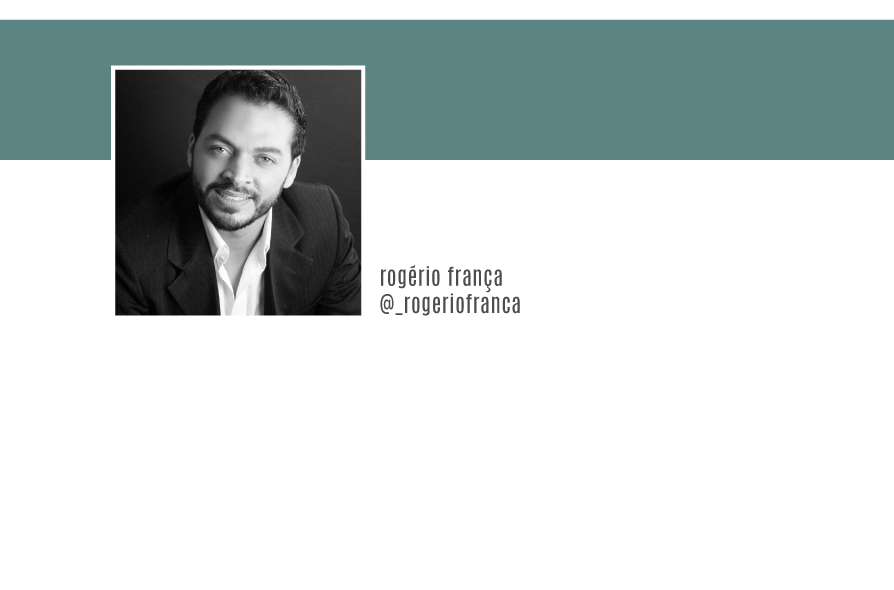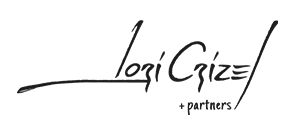10 July 2020 What is DIALux Evo? Why use this tool?

por Rogério França
In the last years, lighting software or lighting design simulation software have proved to be extremely useful in the process of designing artificial lighting projects.
The computer programs help, a lot, in the work of the designers, because they perform in a short time the adequate dimensioning and launch of the lighting system, reconciling aspects of visualization of the luminotechnical effects, produced by artificial lighting, to the criteria of visual performance and energy efficiency, making it possible to examine the impact of different project decisions. [1]
The choice of specialized software for a lighting project, adapted to the normative criteria, guarantees a project with pleasant environments and energy efficiency, thus enabling the reduction of energy consumption due to artificial lighting.
Based on the study by Kaempf (2016), it presents the preferences of about a thousand professionals from different countries in relation to the various tools indicated for lighting, modeling, and simulation. DIALux, in turn, stood out among the most used software by professionals in aspects related to lighting, simulation, and visualization. [2]
It must be remembered that the success of the program is due to a series of factors and advantages that we will list here, but after all, what is DIALux? What are the main advantages of using this lighting tool?
DIALux, is a parametric tool for modeling and luminotechnical calculation, aimed at obtaining measurable technical results from light, which allows us to create 3D environments, to calculate and to visualize data and results through an intuitive graphical interface.
Developed by the German company DIAL, DIALux is one of the most used programs in the world, the software is used by more than 680,000 lighting designers around the world. It is available in 25 languages and has partnerships that allow the use of the software with different lighting catalogs from leading manufacturers. [3]
DIALux is available in two versions:
| DIALux 4.13 | DIALux Evo |
| Original version, launched in 1994 and no longer receives updates. | Version launched in 2012, featuring several innovations, enhancement of resources and receives periodic updates. |
Dialux Evo is a true visual effects laboratory, enabling the real simulation of light effects interactively, making it possible to work associatively, the site, the building and its environments, and the isolated units. Unlike many lighting software, DIALux Evo is completely intuitive, simple, and affordable.
The main advantage of DIALux Evo in relation to its competitors is the cost benefit, as it offers accurate and complete lighting studies in a professional manner and it is available free of charge.
Example of a model created in DIALux Evo, from a plant in dwg
Main advantages of DIALux Evo
– Integration with BIM (Building Information Modeling).
– Possibility of importing 3DS objects (3D Studio Max, SketchUp).
– Possibility to model the building as a whole, regardless of the number of floors.
– Access to the IES and ULD files of the main manufacturers in the world.
– Library management: objects, colors, textures, and lamps.
– Calculation of energy efficiency and energy savings.
– Calculations of internal and external lighting simultaneously.
– Possibility to create lighting scenarios and simulation of natural light.
– Possibility to create materials and textures using JPG files.
– Possibility to export lighting projects in DWG.
– Complete and personalized reports.
Where to study?
Specialization courses that offer disciplines centered on DIALux have been the most sought after. The Master in Lighting & Design Practices in Architecture and the Master in Lighting Design course at IPOG offer two modules in the curriculum, another option is the short course in DIALux Evo – Luminotechnical Calculations.
References:
[1] BOGONI, B. M. M. Utilize uma ferramenta para projeto de iluminação artificial (Artigos e FAQs – AltoQi).
[2] MORAES, Júlia Silva de; MUROS ALCOJOR, Adrián; BITTENCOURT, Leonardo Salazar. Avaliação integrada do desempenho visual e eficiência energética pelo DIAlux evo 8 para projetos de iluminação artificial. PARC Pesquisa em Arquitetura e Construção, Campinas, SP, v. 11, p. e020005, 2020. ISSN 1980-6809.
[3] DIAL GMBH. DIALux evo 9. Version history. 2020.
KAEMPF, J.; PAULE, B. Lighting retrofit in current practice Evaluation of an international survey Switzerland: IEA Solar Heating and Cooling Programme, 2016.
About Rogério França:
Rogério França has a doctor’s degree in Architecture from Mackenzie Presbyterian University; Master’s in Architecture and Urbanism, with an emphasis on Energy Efficiency and Energy Conservation through the integration of natural and artificial light by the Mackenzie University; Specialized in Lighting and Interior Design by IPOG; Specialization in Environmental Comfort and Energy Conservation by FAU/USP; Graduated in Architecture and Urbanism from Uninove; DIALux Evo specialist by DIAL GmbH, Germany. He has fifteen years of experience in lighting, having worked as an Architect Lighting Designer and Project Coordinator in companies such as: Rexel USA- Electrical Supplies; Sonepar Company, Havells Sylvania and Telem Lighting and Cenotechnics. He carried out several projects, among them: Maracanã Station in Rio de Janeiro, BHB Hotel in Belo Horizonte and Havells Sylvania in São Paulo. Guest professor in Graduate courses at IPOG and UPM.
Website: www.rogeriofranca.com
Instagram: www.instagram.com/_rogeriofranca





